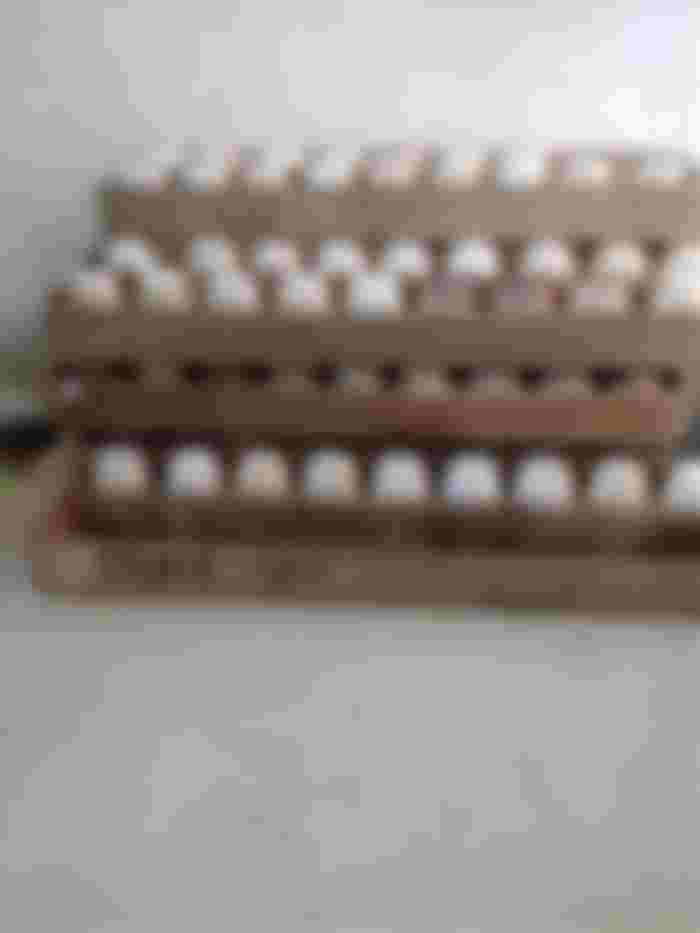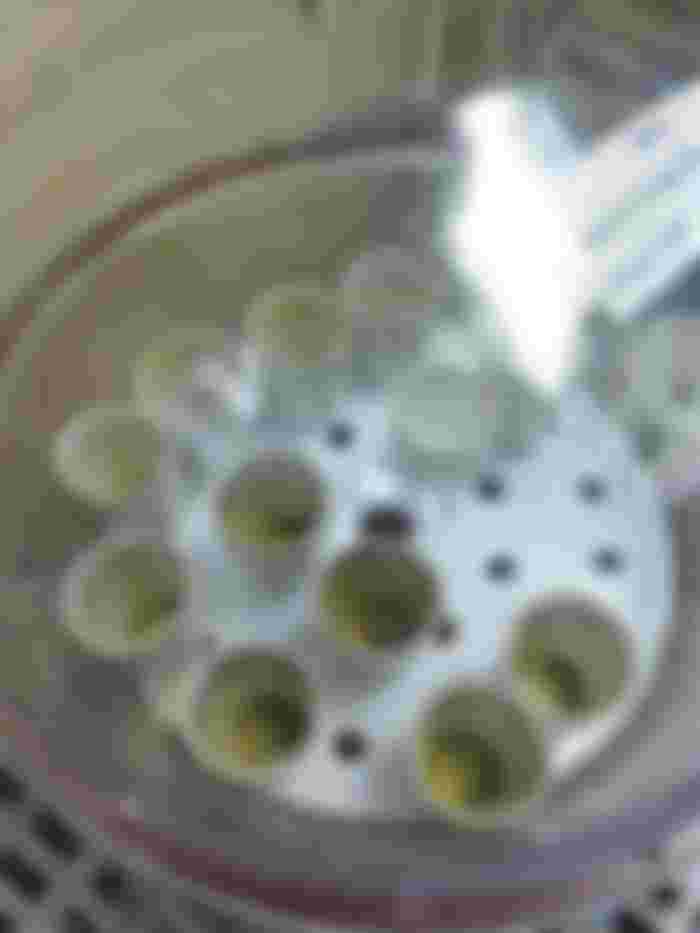Instrumental analysis of Sulfur
Hi hiiii~ The last time I wrote for STEMGeeks, I talked about sulfur, and I still plan to talk about it since sulfur has a wider method variety than most elements do in the periodic table. So as I've mentioned before, sulfur has an abundance of 11% both on earth and in space, and as abundant as it is, it's also one of the most widely used material and can cross all types of industries. From healthcare, life science, pharmaceutics, cosmetics, testing, agriculture... everything!
If you were to ask why, it's simply because Sulfur compounds are among the more stable nonmetals in the periodic table next to phosphorus.
The non-metal reactivity series goes something like this:
(most reactive) Flourine -> Chlorine -> Oxygen -> Bromine -> Iodine -> Sulfur -> Phosphorus (least reactive)
This is attributed by their electronegativity, the types of bonds they form with themselves, and with other metals, then also the bond strength they can possess with that much electronegative charge, whether as a diatomic atom or as a molecule. This ingenious stability also explains why it's so adaptable, but that's a different series of nerd rambles XD I was trying to write about how we tested them in the lab!!!!
So testing XD
For testing Sulfur, there's actually so many ways to go about it. Just as there are as many ways for people to process it. For today's writing, I would like to start off with traditional chemistry methods. The ones that don't use any instruments of sorts since this was how they determined sulfur in the olden days. Though these methods are still adapted today, but they're only advised if the sulfur content is expected to be high. This is one limit to classical chhemistry, and it's the fact that it can't measure on a smaller scale. Of course there are instruments now that are so sensitive they can reach the femto scale, but that's for the next blog.
So first up you have titration!
I know people know about titration, and the fact that there are sooooo many different types of titrations as there are chemicals. Fortunately, sulfur belongs to the more simpler and primitive kind, which is the strong acid-strong base titration. A neutralization process, so to speak.
I'm not sure if I'll provide a much longer explanation of this eventually, but essentially, what you titrate here is sulfur solutions. Either those already in liquid form or the ultra pure kind of substances that readily dissolve when you dilute with water (since sulfur dilutes in water quite easily). So fro this kind of titration, you have sulfuric acid as your sample, then you have your sodium hydroxide as your titrant. And I know you see that pink solution meme in other science communities all the time. That;s basically what the end point for this titration is.

source: https://i.redd.it/d7ew5xtohte61
On an industrial scale though, this applies to analytical pharmacology. Because I took this subject as a technical elective and they titrated so many sulfa-drugs that it was insane. And I have no idea which is crazier, the fact that there's this many sulfa drugs or the fact that we manually had to grind blankets and blankets of drugs at a time. IDK but those drugs were bought by us so it was sooooo heavy on the wallet ;;w;; the only good thing I got from that was the pharmacology unit then acknowledgement of being a good analyst because I could get a 97-100% recovery rate of all the analysis I did in that class ;;w;;
Food-wise, I know sulfur is also titrated in food through iodometric titration.

source: http://www2.csudh.edu/oliver/demos/hh-cubr/hh-cubr.htm
The sulfur analysis I know that makes use of this method (and ones I've actually tried) would be for the determination of sulfide in preserved fruits, juices and a few wines adn liquor. I haven't really read up on what other industrial applications it has, but these are my personal experiences as someone that went lab hoping at some point in my career.
There's also gravimetric sulfur determination.
This one... this one was the biggest pain in the ass analysis I have ever experienced next to iron titration. I swear, aside from the heat exposure you constantly have to experience, it's so tedious to constant weight everything!!! So when you do this kind of analysis, the critical points would be your crucible, the kind of filter paper you use, your digestion process, the crystalization process then your temperatures.
I cannot stress enough how delicate this analysis is because there are so many interferences that could mess up your analysis. Since your only data here would be just weights, you really have to make sure the weight of the crucibles you'll be using are at a weight, because that small difference is the literally life and death of the analysis. And the fact that you can end up spending an entire day just on constant weighing. Although on an industrial scale, they just account for the initial weight of the crucible, but it's still a pain because of how time consuming it is just to assure that your crucible weight is true. I really hated this part.

So here's one example of a crucible you can use for this analysis. This one is just a regular ceramic crucible, but on an industrial scale, we use a gooche crucible or a glass-sintered crucible because it already has a porous bottom that makes filtering easier
Next to consider is the digestion process and the crystalization/nucleation process. So you digest your sample so that your solution becomes acidic. Your crysatals will not form if it's not acidic. Also, this step will melt off most of the stuff you don't want as an interference to your analysis, as well as to leach out the sulfur. If you fail at this step too then expect an extremely high weight and an extremely positive error. This is why sometimes, after digestion you'll have to filter the soultion a couple of times just to get a good result. I reacll that whenever I handled organic fertilizers, I always had to do 2 filtration set ups because the dang organic matter really gets in the way.
When you're sure that the digested solution you have has cleared up, then you can start nucleation by adding Barium Chloride. This is the only crystalization agent I've ever come across, but I know some industries use a different salt that can form a sulfate. I believe they still use this because the crystalization process for barium sulfate is much faster compared to other metals salts
The reaction proceeds like this:
BaCl2 + SO4^(-2) ---> BaSO4

this image makes a comeback XD but this is the only pic I apparently have of the end result of this analysis
Usually you wait for a day... or a week before you can see a good amount of crystals in your solution. The amount of waiting time this analysis has is really really annoying, I swear! But once you've filtered off the crystals, dried the crystals in the crucible of your choice, the computation is pretty much basic.
So industrial applications. First and foremost, this can still apply to pharma, yes. But But then, you can see this in metal purification, in the fertilizer production industry, in environmental samples, in water samples, especially if those are volcanic ores, I think water near volcanic openings undergo titration because water collection and air sample collection both arrive in the lab as liquid. Food rarely has gravimetric sulfur analysis since sulfur consumption does cause chronic illnesses.
This is apparently as far as my brain can go XD on my next blog, I really hope I can tackle intrumental analysis and combustion chemistry since a lot of labs I've been to have been using combustion chemistry for sulfur determination too.
Disclaimer: All information written here are based on my laboratory experiences and on readings from "Quantitative Chemical Analysis by Daniel Harris" This man saved my booty back in my undergrad years and I will forever worship his book ;;w;;



